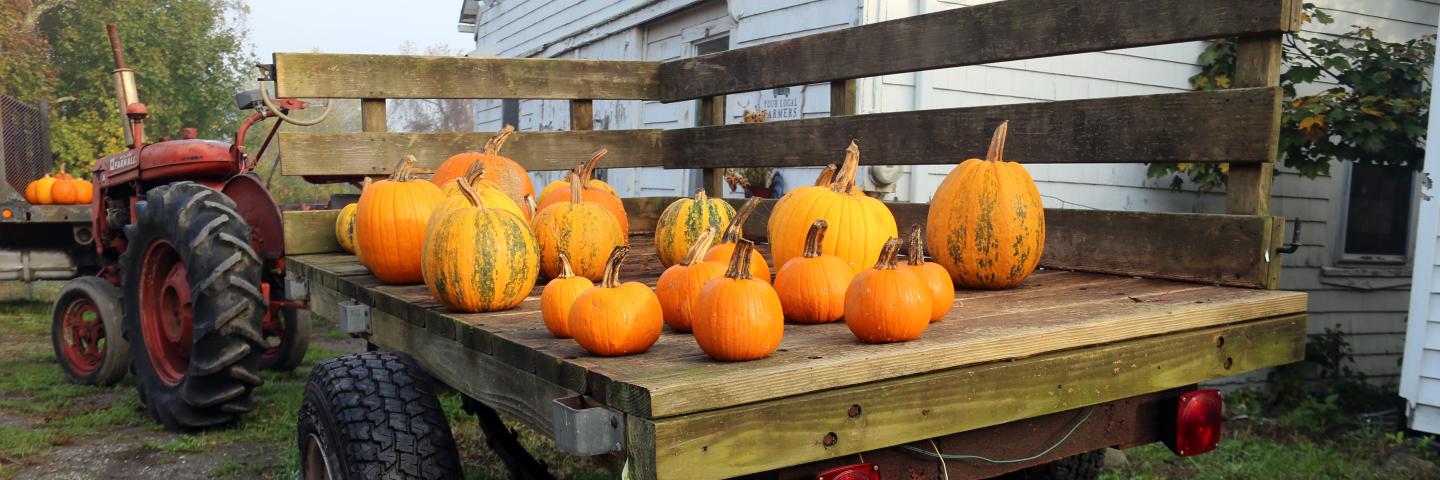
Applicability
Is the Planned Land Unit (PLU) located in Rhode Island?
- Yes — Points: 0
- Otherwise — Points: 0
Category Question
Please select the land use where the PRACTICE(S) are located in the PLU. (Select only ONE)
- High Tunnel — Points: 0
- Crop — Points: 0
- Pasture — Points: 0
- Farmstead — Points: 0
- Associated Ag Land — Points: 0
- Forest — Points: 0
- Multiple Land Uses — Points: 0
Program Questions
- Is the land permanently protected through a CONSERVATION EASEMENT, purchase of development rights or other mechanism?
- Yes — Points: 20
- Otherwise — Points: 0
- Does the applicant meet the NRCS definition of a Historically Underserved (HU) producer as identified in the CPA-1200?
- YES — Points: 60
- NO — Points: 0
- Did the applicant apply for funding in Fiscal Year 2023 but was previously NOT funded?
- YES — Points: 70
- NOT APPLICABLE — Points: 0
- If this application is approved for funding, will this be the applicant's first EQIP contract?
- YES — Points: 50
- NOT APPLICABLE — Points: 0
- Has the participant been in contract violation with a prior USDA NRCS Contract within the past 3 years?
- YES — Points: -100
- NO — Points: 0
Resource Questions
- HIGH TUNNEL: Does the schedule of operations include implementation of practices that address at least one of these priority resource categories?
- Concentrated Erosion — Points: 5
- Degraded Plant Condition — Points: 40
- Soil Quality Limitations — Points: 10
- Source Water Depletion — Points: 20
- Weather Resilience — Points: 25
- Not Applicable — Points: 0
- CROP: Does the schedule of operations include implementation of practices that address at least one of these priority resource categories?
- Field Sediment, Nutrient, and Pathogen Loss — Points: 40
- Concentrated Erosion — Points: 10
- Soil Quality Limitations — Points: 25
- Terrestrial Habitat — Points: 5
- Source Water Depletion — Points: 20
- Not Applicable — Points: 0
- PASTURE: Does the schedule of operations include implementation of practices that address at least one of these priority resource categories?
- Field Sediment, Nutrient, and Pathogen Loss — Points: 20
- Concentrated Erosion — Points: 10
- Soil Quality Limitations — Points: 25
- Livestock Production Limitation — Points: 40
- Terrestrial Habitat — Points: 5
- Not Applicable — Points: 0
- FARMSTEAD: Does the schedule of operations include implementation of practices that address at least one of these priority resource categories?
- Field Sediment, Nutrient, and Pathogen Loss — Points: 25
- Concentrated Erosion — Points: 10
- Source Water Depletion — Points: 20
- Storage and Handling of Pollutants — Points: 40
- Air Quality Emissions — Points: 5
- Not Applicable — Points: 0
- ASSOCIATED AGLAND: Does the schedule of operations include implementation of practices that address at least one of these priority resource categories?
- Field Sediment, Nutrient, and Pathogen Loss — Points: 20
- Concentrated Erosion — Points: 5
- Terrestrial Habitat — Points: 40
- Pest Pressure — Points: 25
- Source Water Depletion — Points: 10
- Not Applicable — Points: 0
- FOREST: Does the schedule of operations include implementation of practices that address at least one of these priority resource categories?
- Concentrated Erosion — Points: 25
- Degraded Plant Condition — Points: 40
- Pest Pressure — Points: 10
- Terrestrial — Points: 20
- Fire Management — Points: 5
- Not Applicable — Points: 0
- MULTI-LAND USE: Does the schedule of operations include implementation of practices that address at least one of these priority resource categories?
- Field Sediment, Nutrient, and Pathogen Loss — Points: 25
- Concentrated Erosion — Points: 40
- Soil Quality Limitations — Points: 10
- Terrestrial Habitat — Points: 5
- Source Water Depletion — Points: 20
- Not Applicable — Points: 0
- Does the Conservation Plan include one or more conservation practices from the Climate-Smart Ag & Forestry Mitigation Activities List (FY24 Version)?
- 3+ Climate Smart practices are planned — Points: 10
- 1 or 2 Climate Smart practices are planned — Points: 5
- Zero (0) Climate Smart practices are planned — Points: 0
- What is the distance from the Planned Land Unit (PLU) to water bodies including streams, ponds, lakes, estuaries all surface waters?
- PLU is 100 ft or less from waterbody — Points: 40
- PLU is 100-500 ft from waterbody — Points: 30
- PLU is 500-1000 ft from a waterbody — Points: 20
- Otherwise — Points: 0
- Is the Planned Land Unit (PLU) 100 feet or less from the edge of the wetland?
- PLU is 100 ft or less from the edge of the wetland — Points: 10
- Otherwise — Points: 0
- Does the Planned Land Unit (PLU) include Prime and State Importance Soils?
- Yes — Points: 20
- Otherwise — Points: 0
- Are the Planned Land Units (PLUs) in a targeted source water watershed?
- Yes — Points: 15
- Otherwise — Points: 0
- Is the project in one of the source water priority watersheds?
- Yes — Points: 5
- Otherwise — Points: 0
Additional Information
Environmental Quality Incentives Program - Rhode Island
The Environmental Quality Incentives Program (EQIP) provides financial and technical assistance to Rhode Island agricultural producers and non-industrial forest managers to address natural resource concerns in the Ocean State.
Learn MoreHistorically Underserved Farmers and Ranchers
The Agriculture Improvement Act of 2018 (2018 Farm Bill) includes provisions that address the unique circumstances and concerns of socially disadvantaged, beginning, limited resource, and veteran farmers and ranchers (“historically underserved producers”).
Learn MoreNRCS Assistance for Organic Farmers
Learn about the many areas in which NRCS provides assistance to organic producers, from biodiversity to weed management.
Learn More
